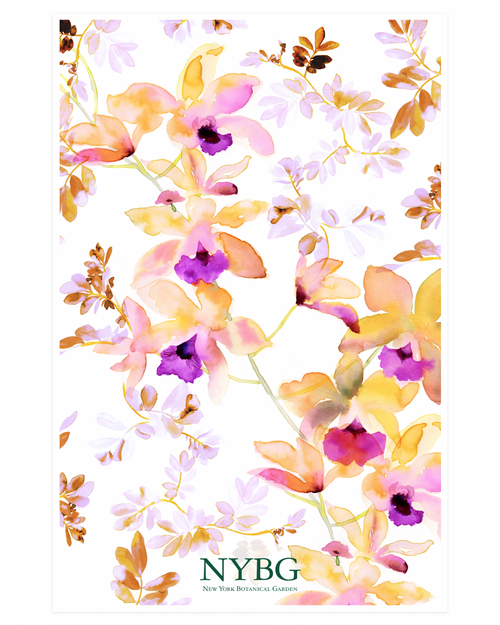This purchase only includes chapter 10 of this title.
The enigmatic, achlorophyllous, mycoheterotrophic orchid Pogoniopsis has been considered to be closely related to Pogonia and/or Cleistes in most systems of orchid classification. These orchids and their relatives are recognized as tribe Pogonieae in subfamily Vanilloideae. Until recently, DNA from this Brazilian endemic has been unavailable, but recently published molecular phylogenies for Vanilloideae that included Pogoniopsis have found that it is either sister to or nested among the vanilloid orchids, in some cases most closely related to Cyrtosia and other mycoheterotrophs in tribe Vanilleae. These results are entirely unexpected and perplexing since those orchids are found in tropical areas of Asia and Australia, and share little in common with Pogoniopsis. Other studies have proposed that Pogoniopsis might actually be an epidendroid orchid. In order to clarify these conflicting hypotheses, analyses were completed using a combination of nuclear and mitochondrial gene regions, and with a broader sampling of taxa from across Orchidaceae. In each case, Pogoniopsis was found to be most similar and closely related to orchids classified within subfamily Epidendroideae, not Vanilloideae. Further studies will need to be carried out to determine the sister genus of Pogoniopsis, but we suggest that it may be most closely related to Triphora or Psilochilus, nested among the "lower epidendroid" orchids, with which it shares similar aspects of morphology. Molecular systematic studies of orchids have impacted generic circumscriptions and even challenged some definitions of subtribes and tribes, but there are very few cases in which an orchid has been misclassified in the wrong subfamily. Now that Pogoniopsis has been excluded from Vanilloideae, and Dictyophyllaria shown to be embedded within Vanilla, the composition of this subfamily is finally clear.






